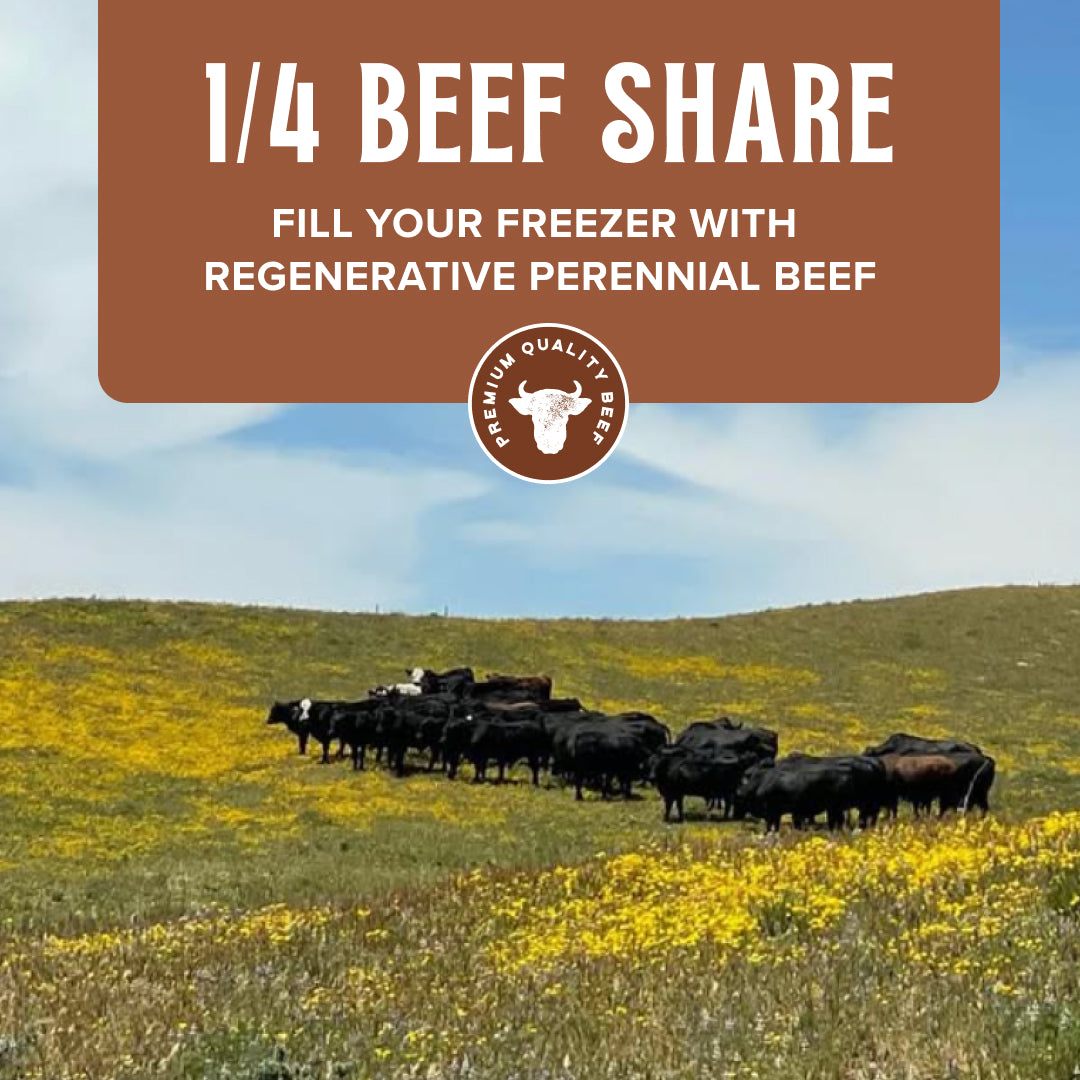In the first pillar of regenerative ranching, we discussed the importance of the correct calving season. In this blog post, we will be discussing the second pillar of regenerative ranching: adaptive genetics. As ranchers, it is our responsibility to provide cattle that are able to thrive in the specific environment in which they are raised. This means that we must select cattle that have adaptive genetics for our specific region and climate.
Cattle breeding is all about efficient grass conversion. In order to create cattle that are able to convert grass into meat, milk, and fiber efficiently, we must select for cattle that have the correct genetics. There are many different factors that go into efficient grass conversion, and each rancher must decide which traits are most important for their operation.
Johann Zietsman is a world-renowned cattle breeder, and his methods have been proven to produce cattle that are highly efficient at converting grass into meat. His methods involve selecting for certain traits that are known to improve grass conversion efficiency. This includes selection for animals with longer bodies, shorter legs, and smaller frames. He has also developed a system for classifying cattle into different categories based on their genetic potential for efficient grass conversion.
We believe that adaptive genetics are crucial for our ability to regenerate the land. If we do not have adaptive genetics, then it is very hard to regenerate the land because cattle are pushed in higher densities in regenerative ranching and non-adaptive cattle do not perform well in this type of grazing environment. In our genetics program, we are creating a composite that will perform well in our dryland Mediterranean ecosystem. We are crossing Mashona cattle with Angus cows as well as Corrientte cattle with Mashona and finally we are doing a Corrientte / Angus composite as well. We are excited for the potential for all three of these different composite breeds.
We believe that cattle breeding is all about efficient grass conversion. We follow the methods of Johann Zietsman. By selecting for certain traits, we are able to create cattle that are well-adapted to our specific environment and that will convert grass into nutrient-dense grass-fed meat, milk, and fiber efficiently. This is the second pillar of regenerative ranching, and we believe it is essential for our ability to regenerate the land. Stay tuned for our next blog post in which we will discuss the third pillar of regenerative ranching: grazing management. Thank you for reading!
Do you agree with Johann Zietsman's methods? What do you think are the most important traits for efficient grass conversion? Let us know in the comments!








